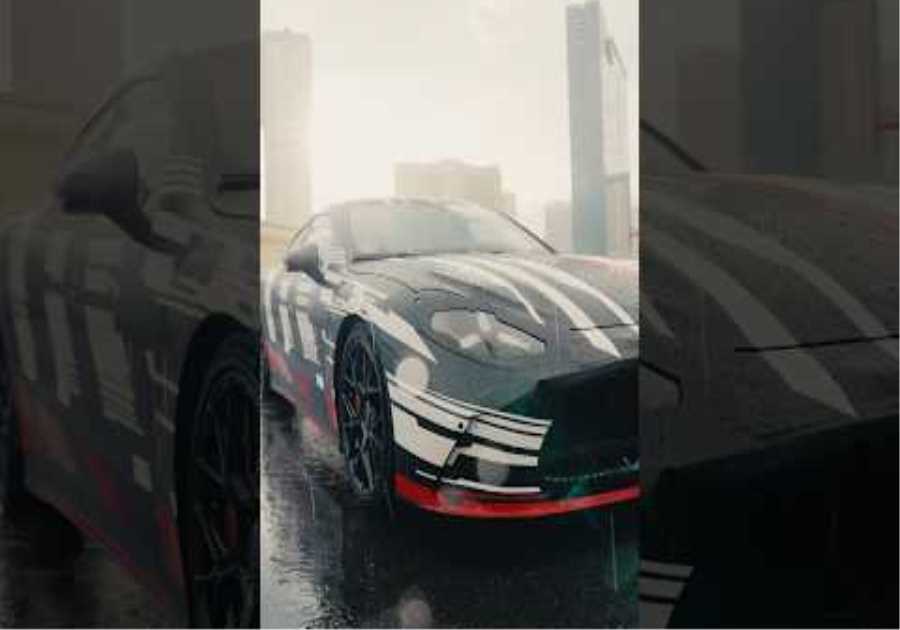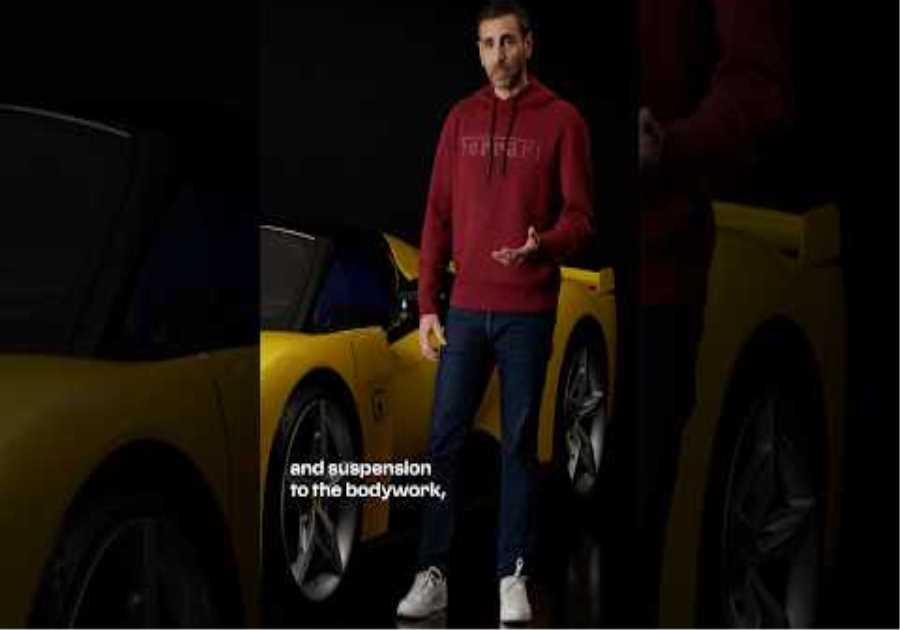![[Interview] Gordon Murray on racing the T.50 at Le Mans](https://formulaone.news/images/blog/thumbnails/202201/img_2701023228.jpg)
E: Were you tempted to have an F1 next to you and compare?
GM: “Definitely. We have many young engineers who have never seen an F1. I borrowed one for three months and soaked them all in it.”
E: I bet they loved that!
GM: “They have, but it was really helpful to give them a base and an understanding of the starting point and the principles.”
E: “How has the process of developing a car like this changed and improved now, with the digitization of construction and design, with the fact that computers can do a lot of calculations for you in terms of aerodynamics, loads and strains?
GM: “From a creative point of view, we don’t actually use clay anymore. We tried virtual reality but went back to surface modeling. From an analytical point of view, in engineering design, my goodness. The amount of detail you go into with carbon is incredible. This chassis, with similar geometry to the McLaren F1, is 70 kg lighter than the F1 and twice as torsion-resistant. It has everything to do with the modeling tools and knowing where to place the carbon and what carbon to use.
“We wanted to use a wind tunnel, but we couldn’t because of Covid-19. So we had to rely 100 percent on CFD and it turned out to be absolutely spot on. The other level that has evolved over 30 years is manufacturing. Many cars are printed. You just can’t believe it. The door handles are made of aluminum. With the F1 they would have been cast. Today we print it and it’s 20 percent of the weight. It’s very expensive, but when weight is the goal, you do what you have to do.”
E: What do you think of that Czinger 21C, with its very organic looking AI dictated printed components? Is it somehow on the same line?
GM: “It’s interesting, yes and no. There’s a fine line between what the computer tells you and actually having something that’s a piece of engineering art. We tend to err on the side of engineering.”
E: Okay, of course you can’t comment on that because that’s the way these things are, but we know there’s a trademark on a name – T.33 – and you’ve been teasing that something is coming after T.50. Can you tell us something about that?
GM: “We certainly won’t settle for just one and are working on the next car. We have a car company with a few hundred people, so we’re not just closing down. The T.50 will always be the Halo car, I promise the team and owners, but the next car is coming. The principles that define the T.50 will not change, but there will be more to that soon.”






